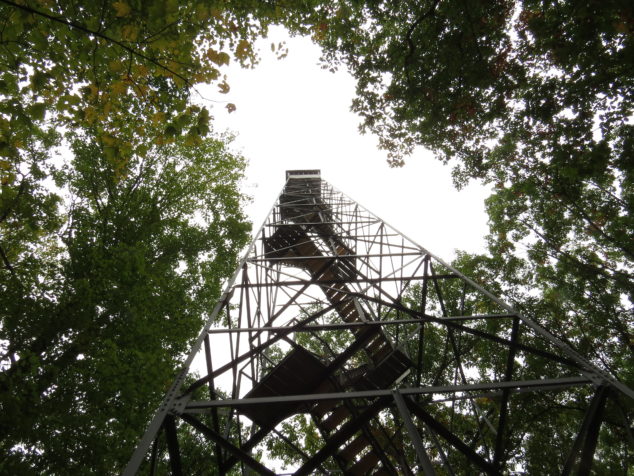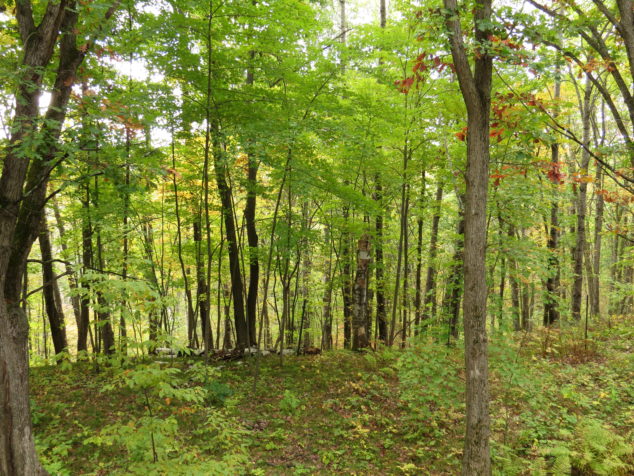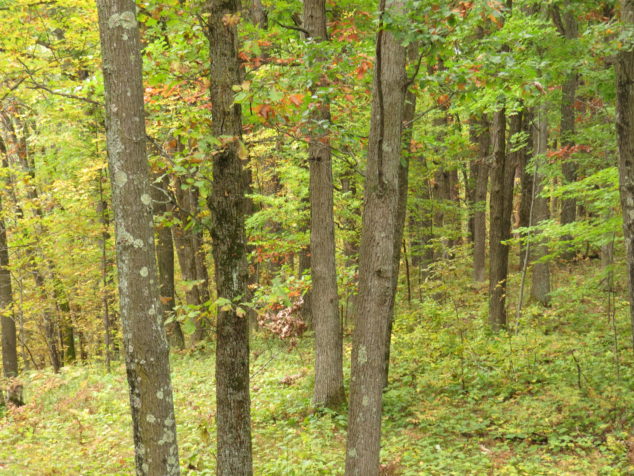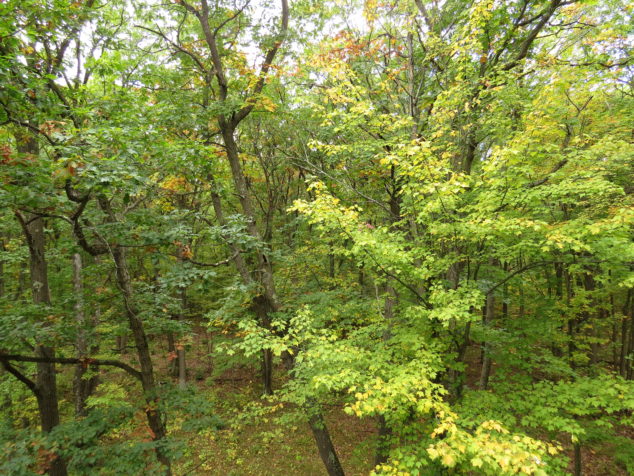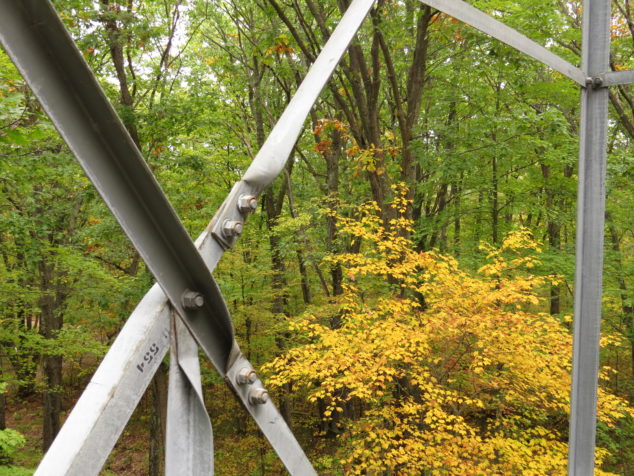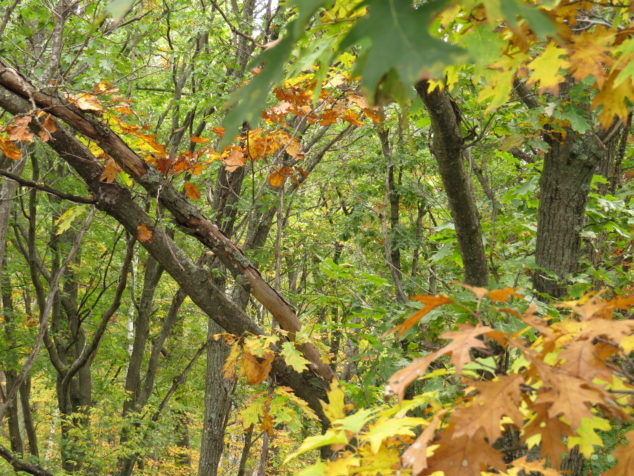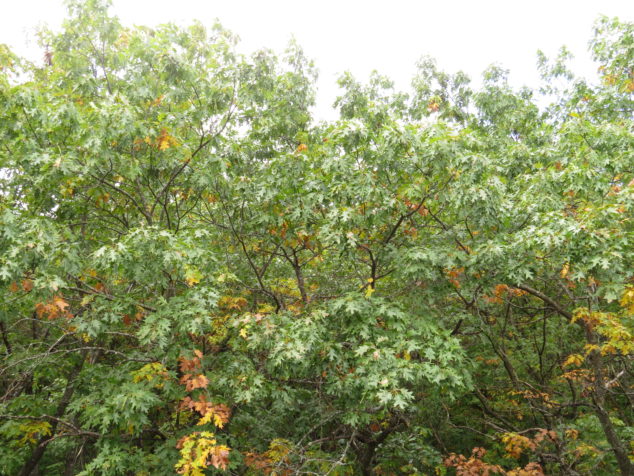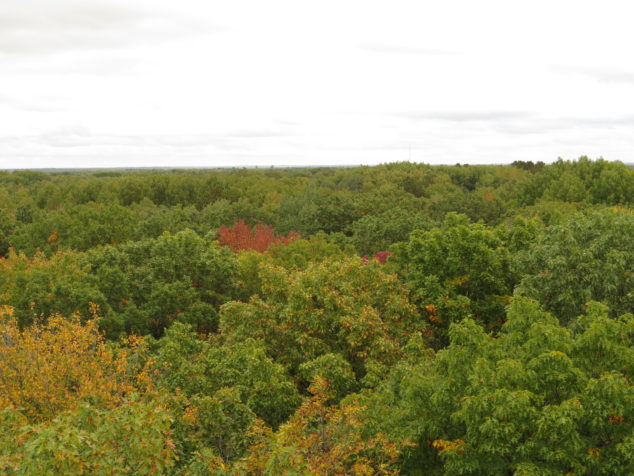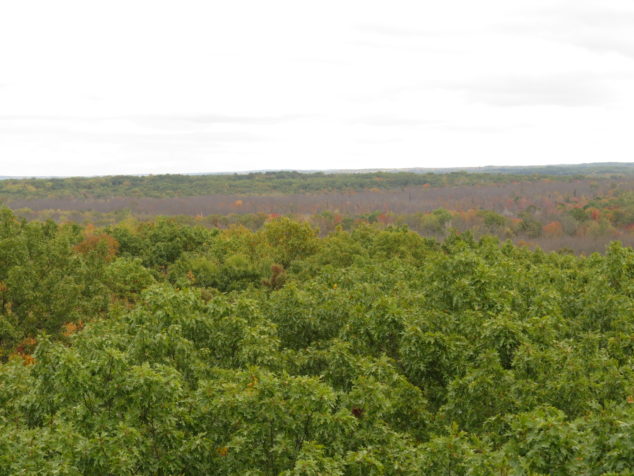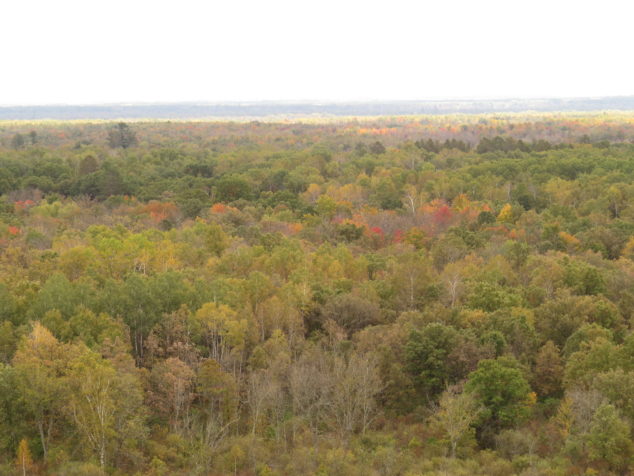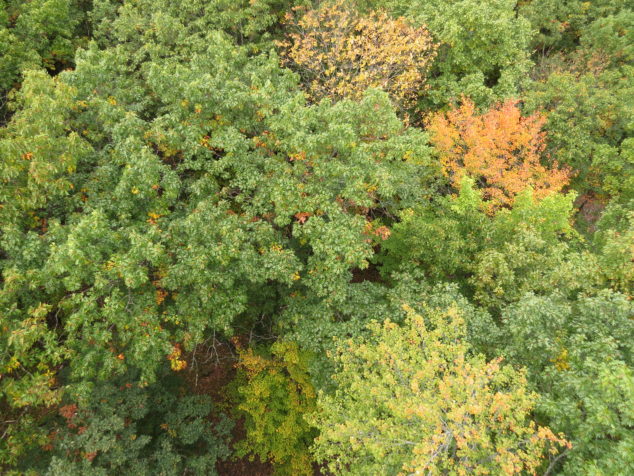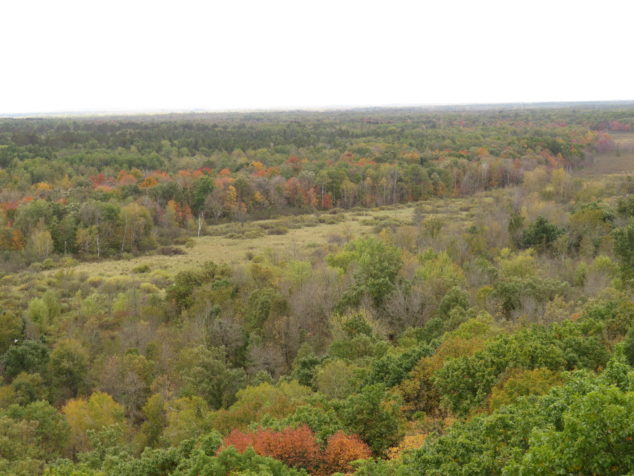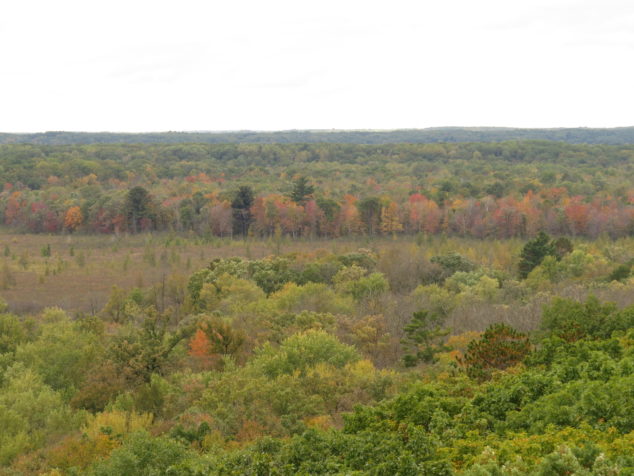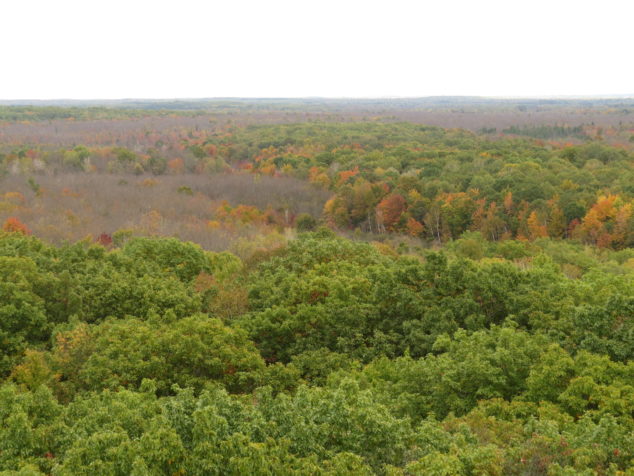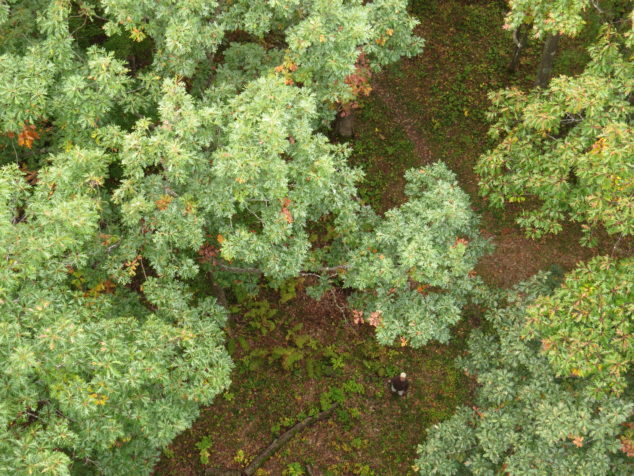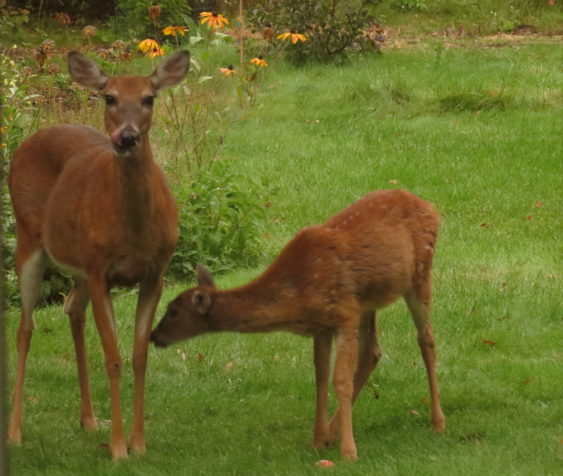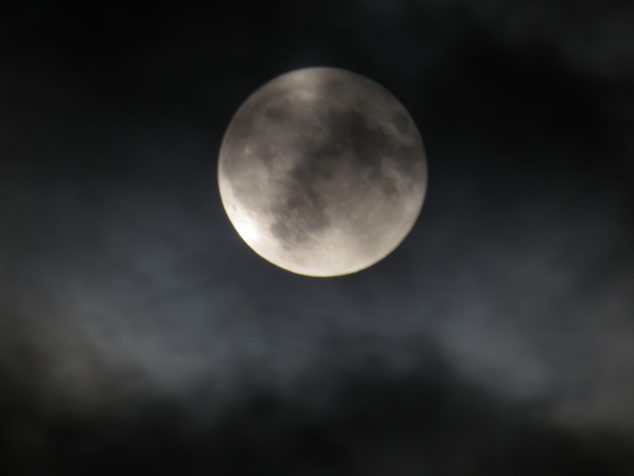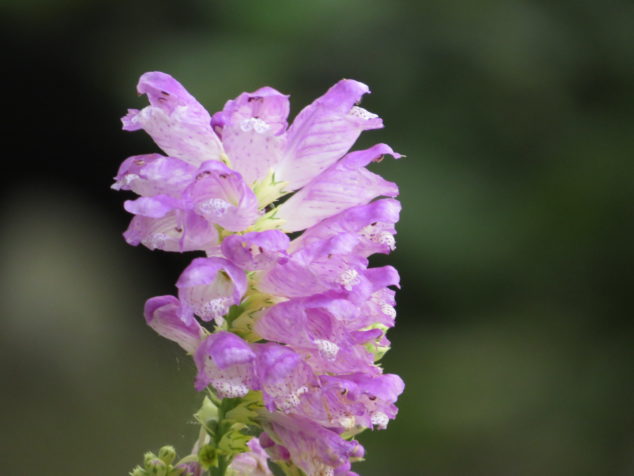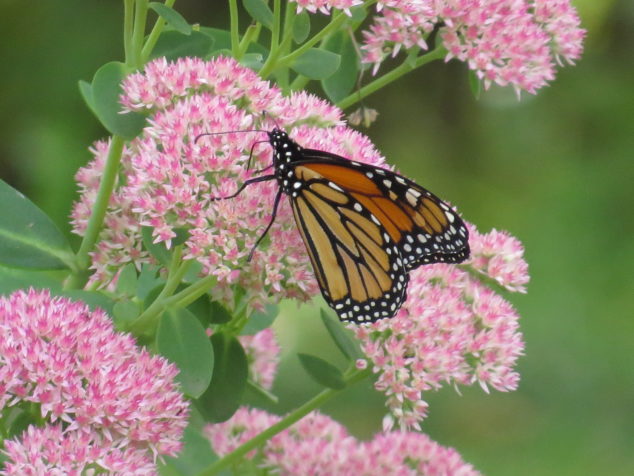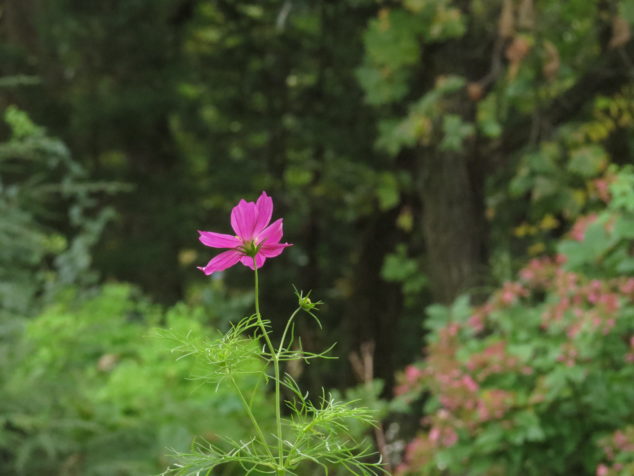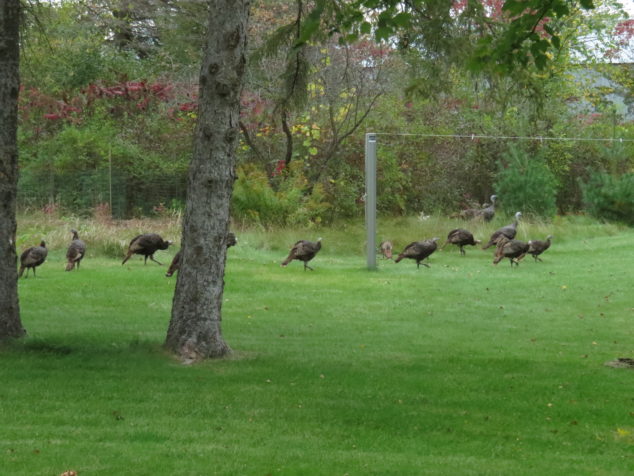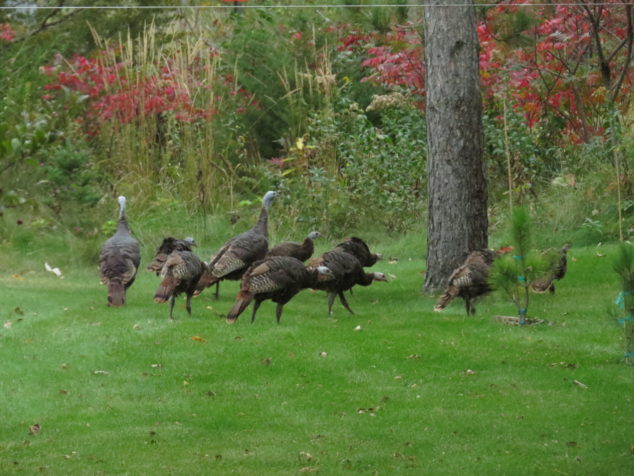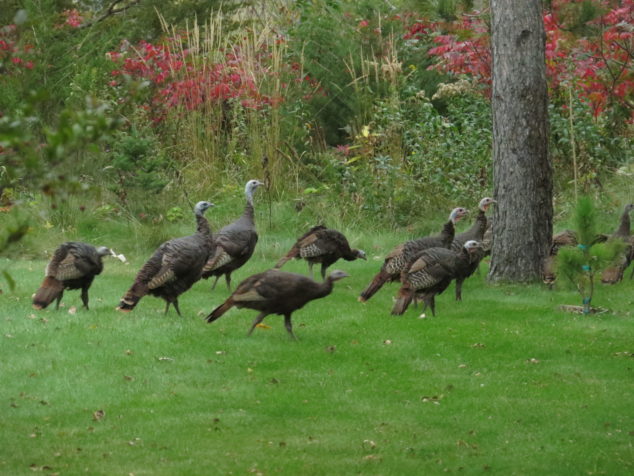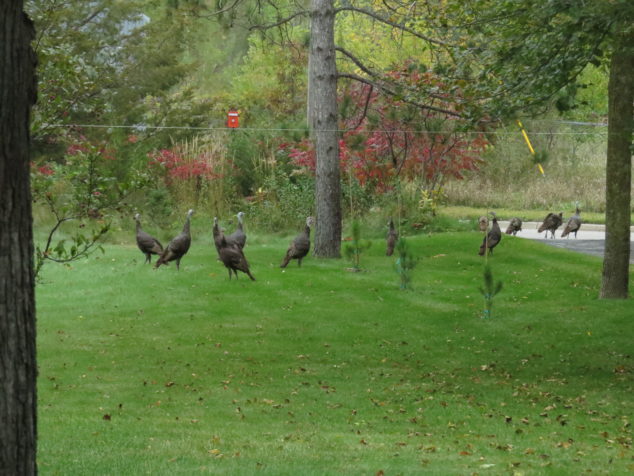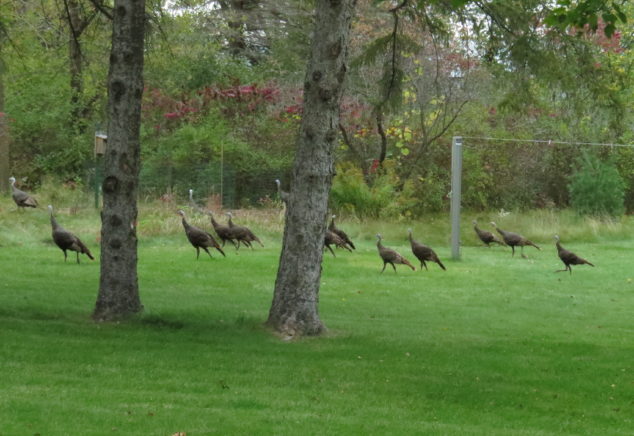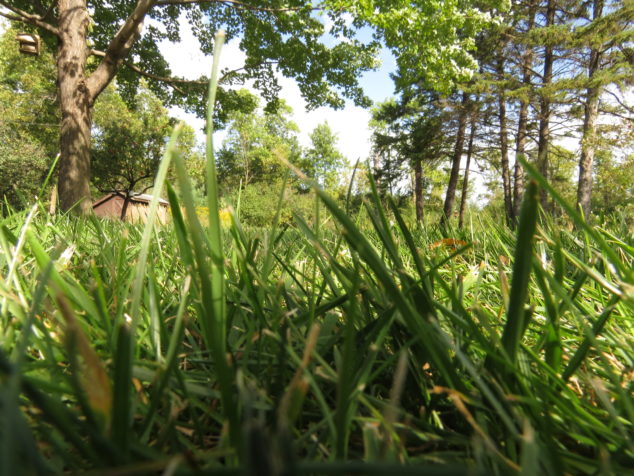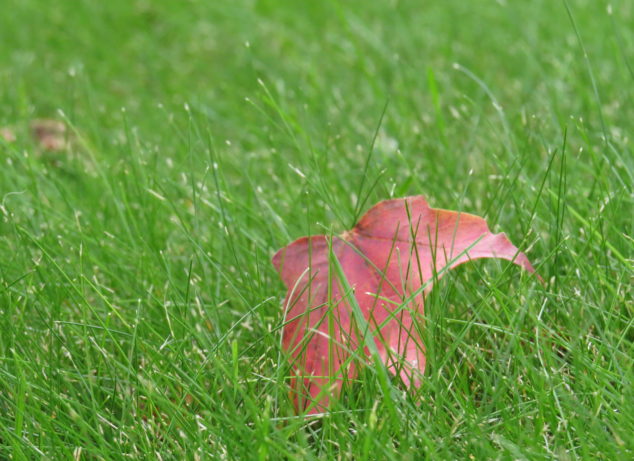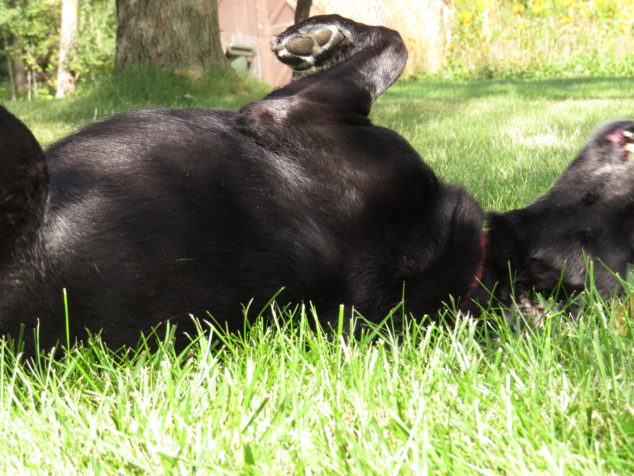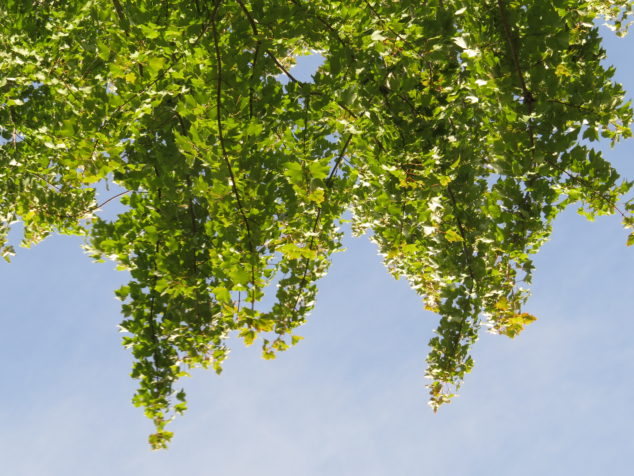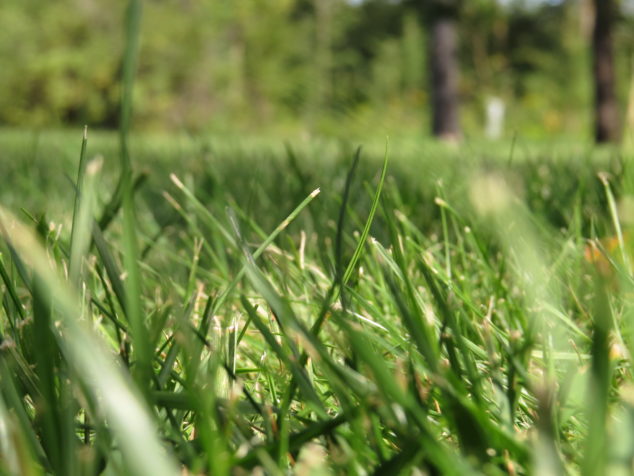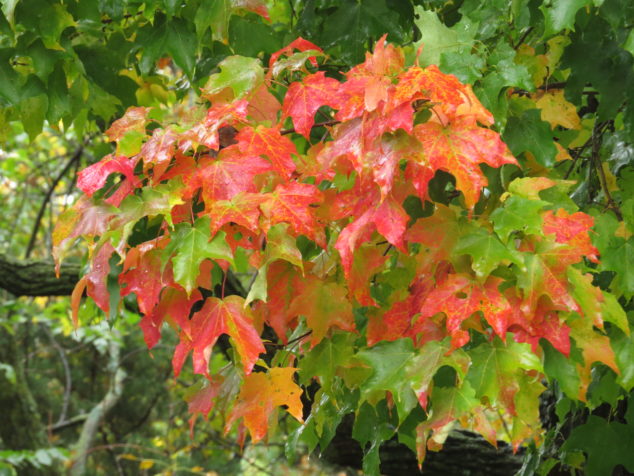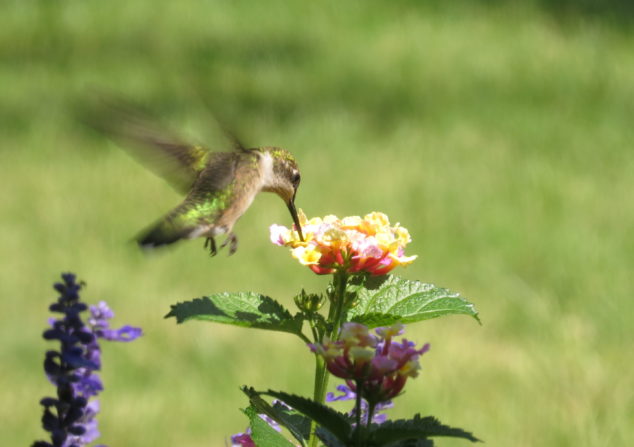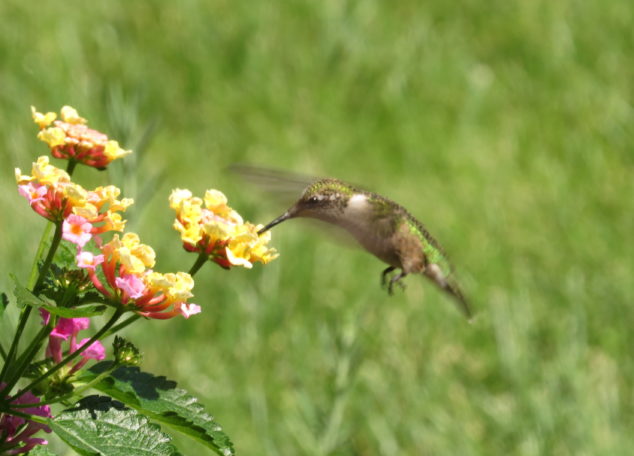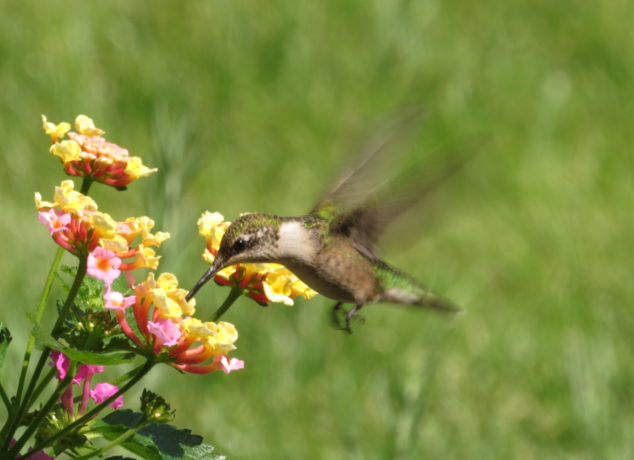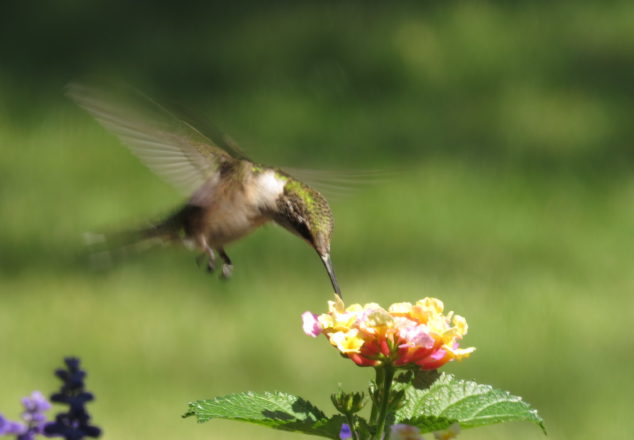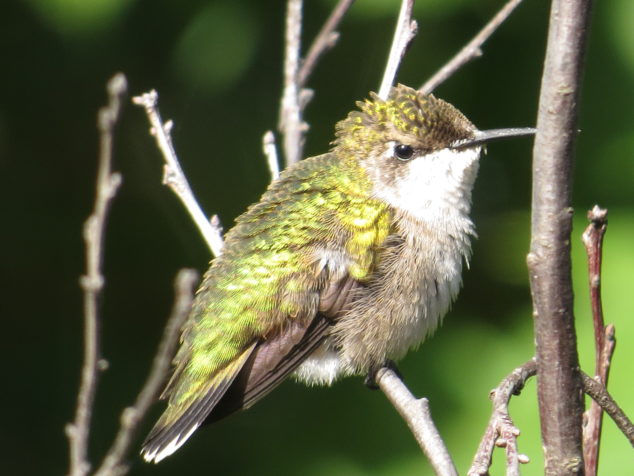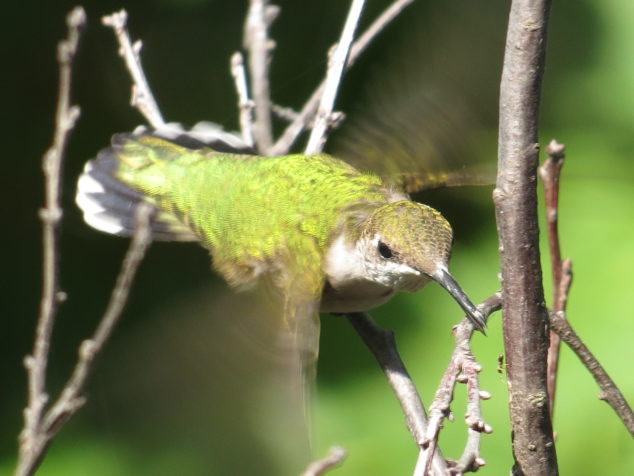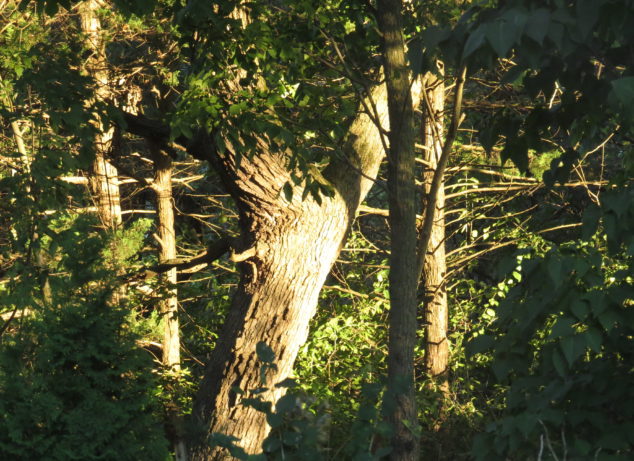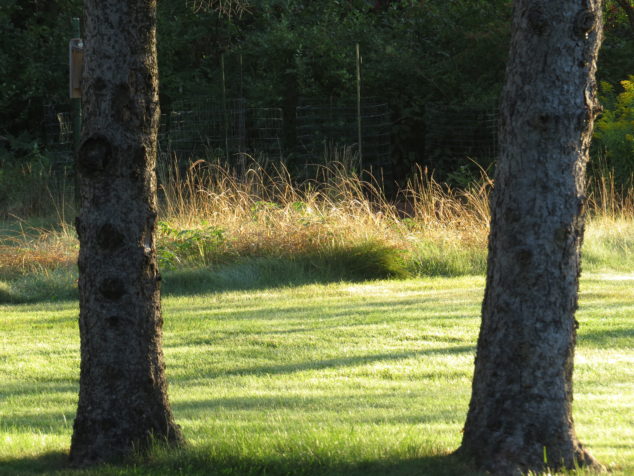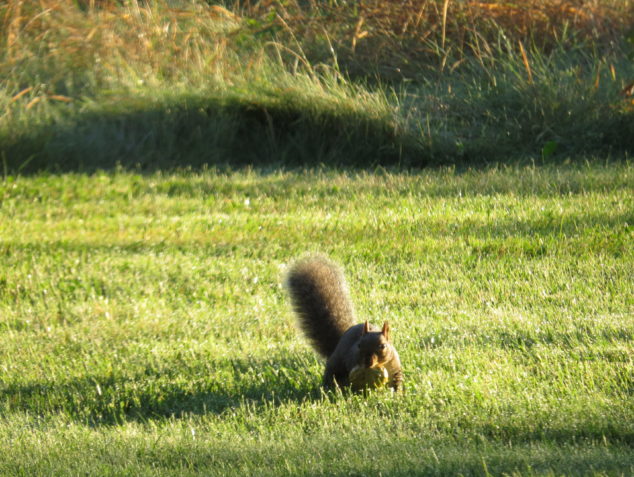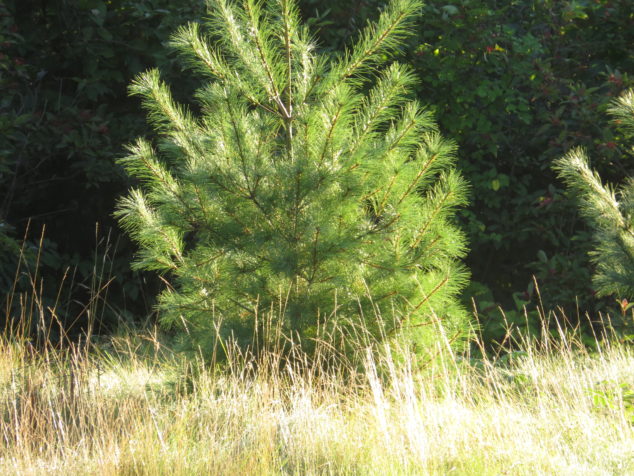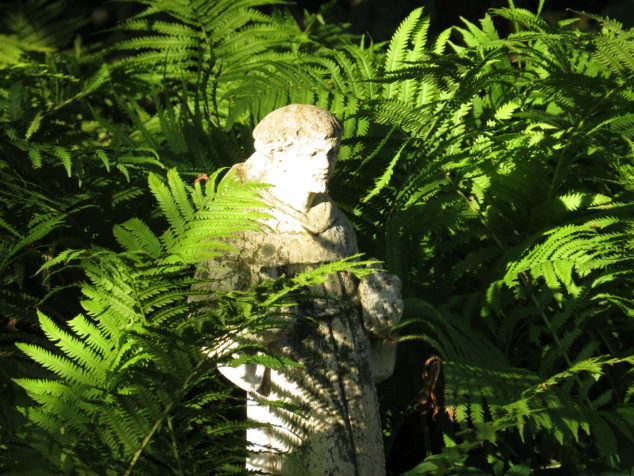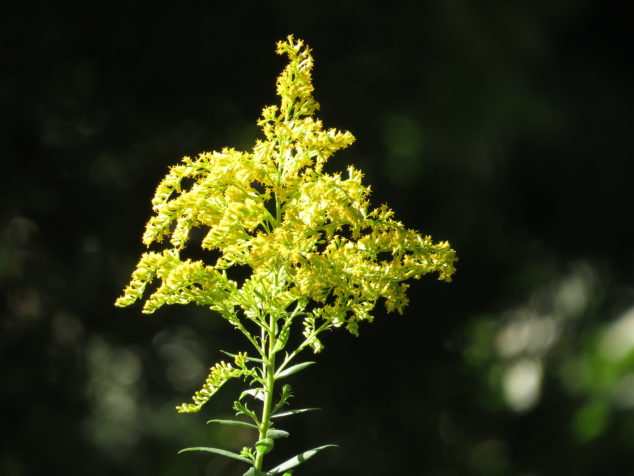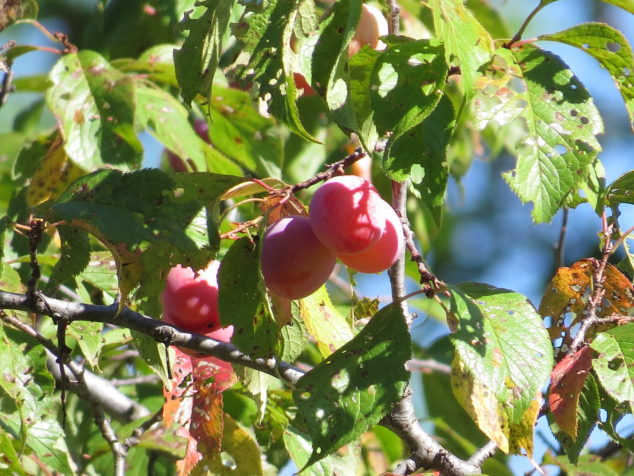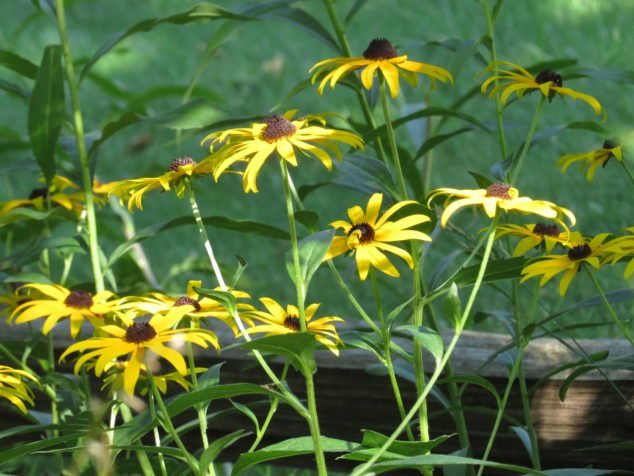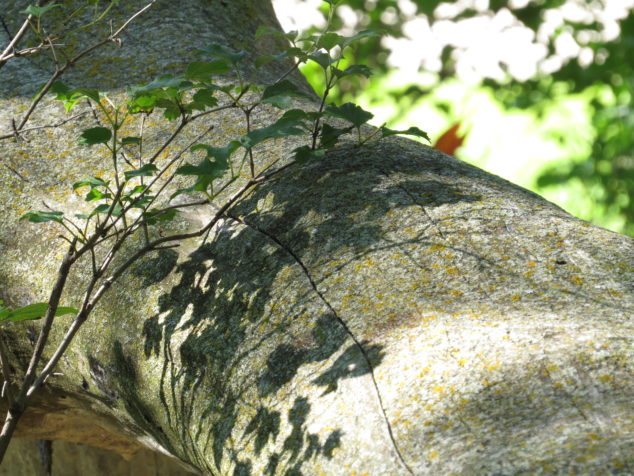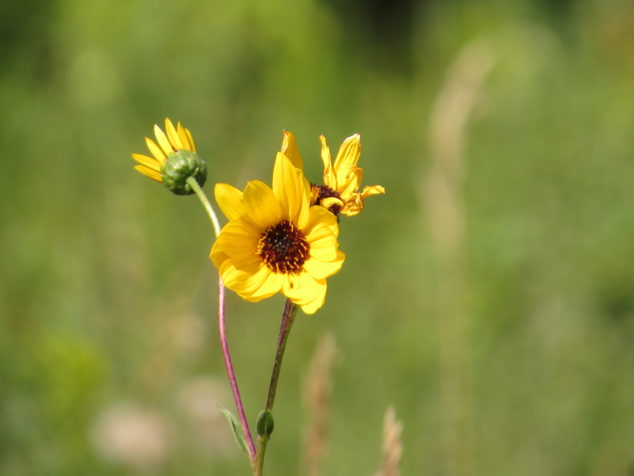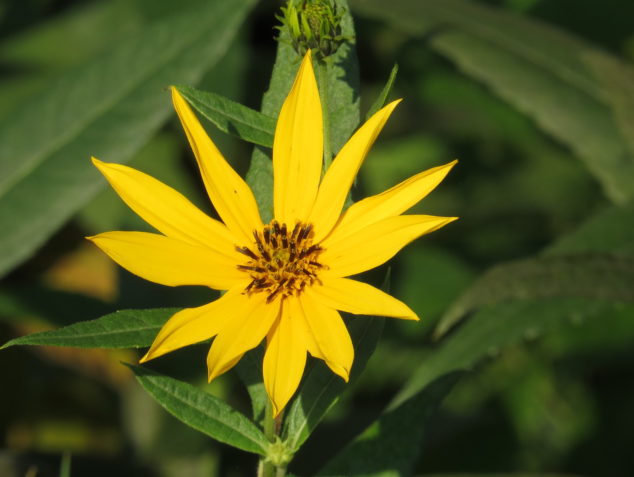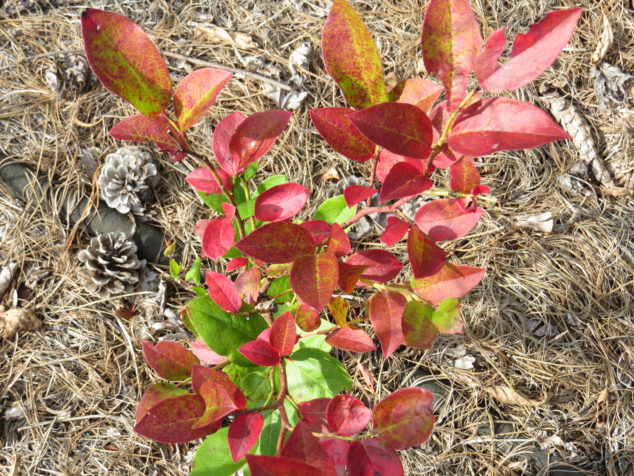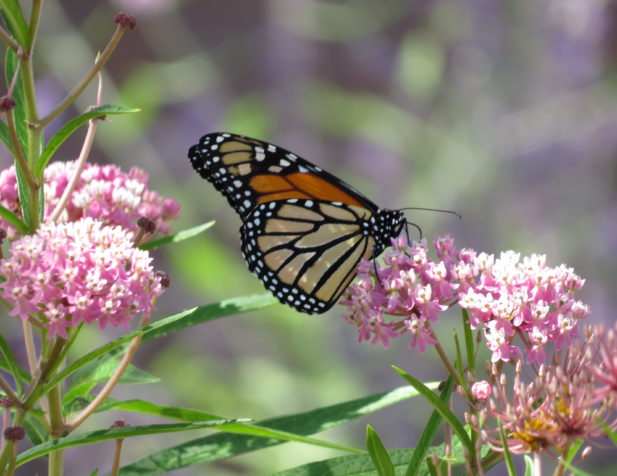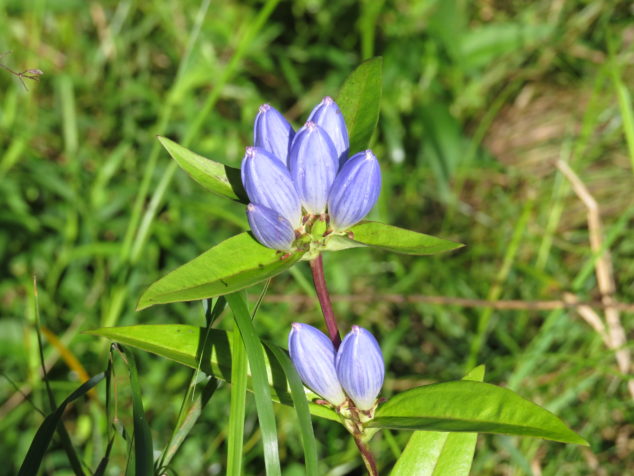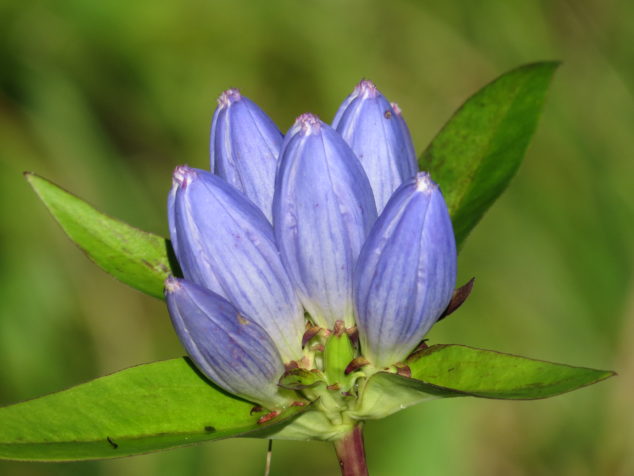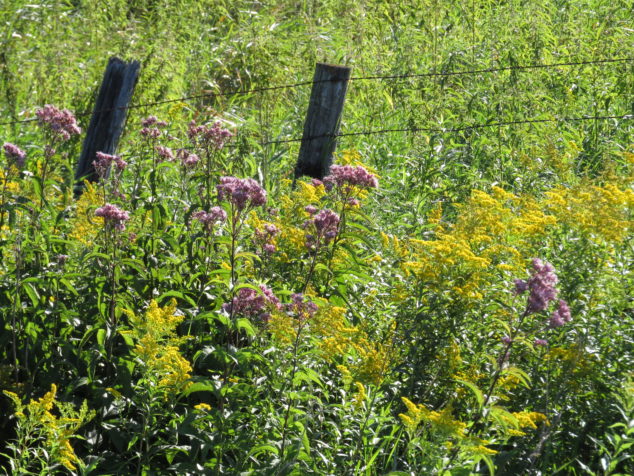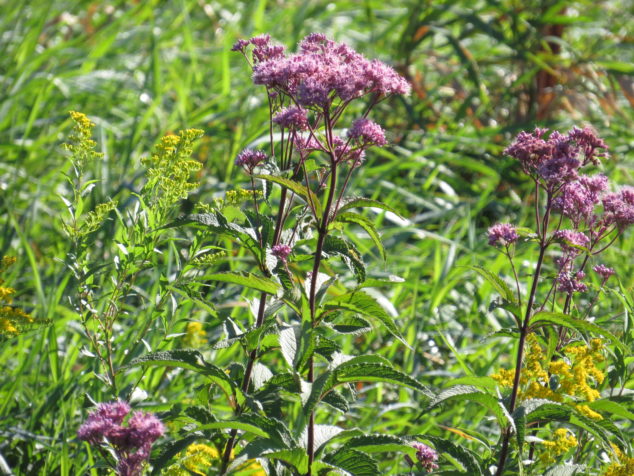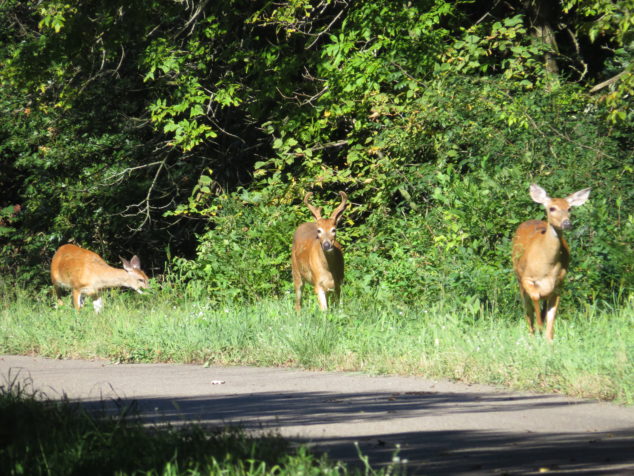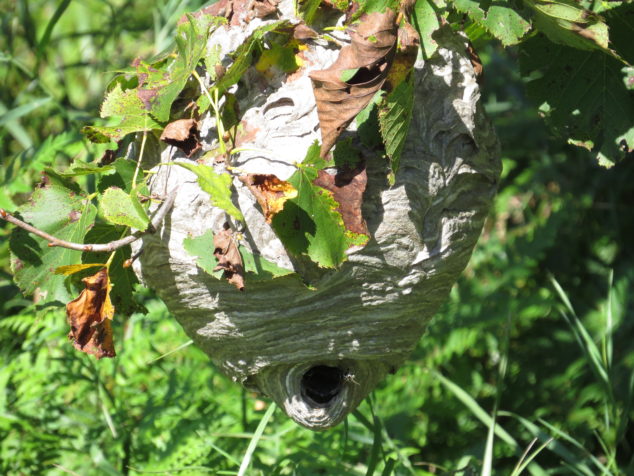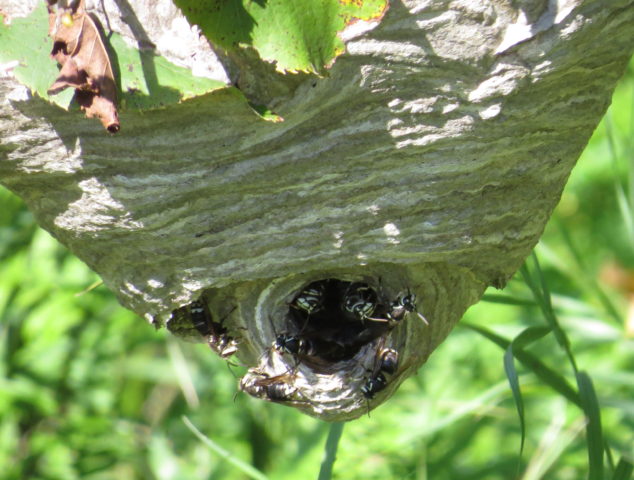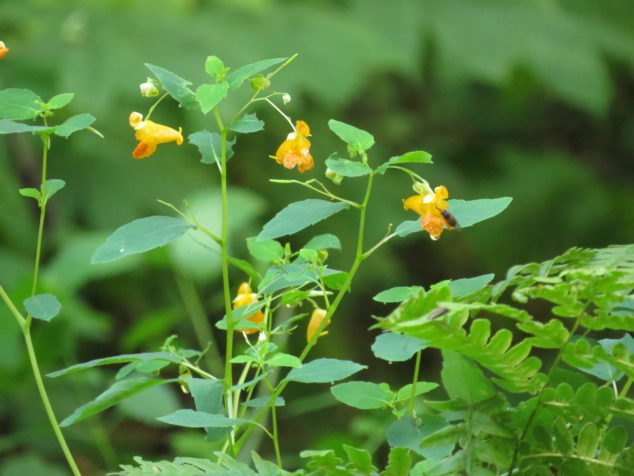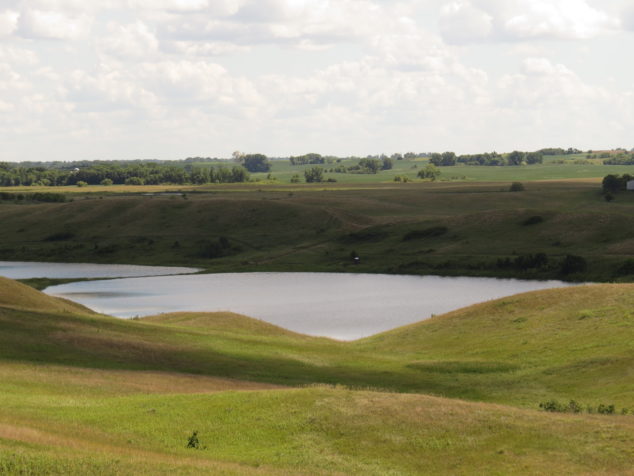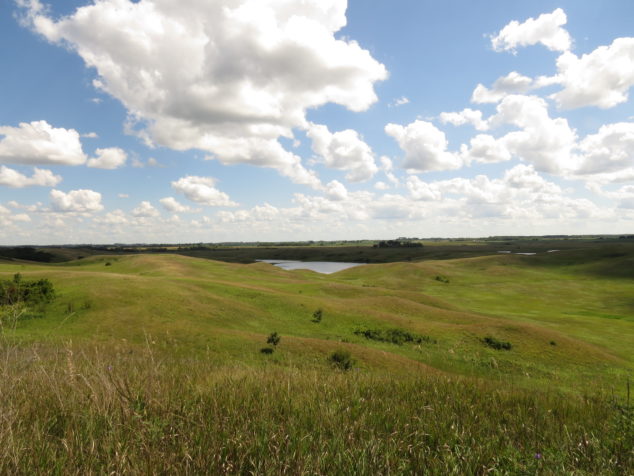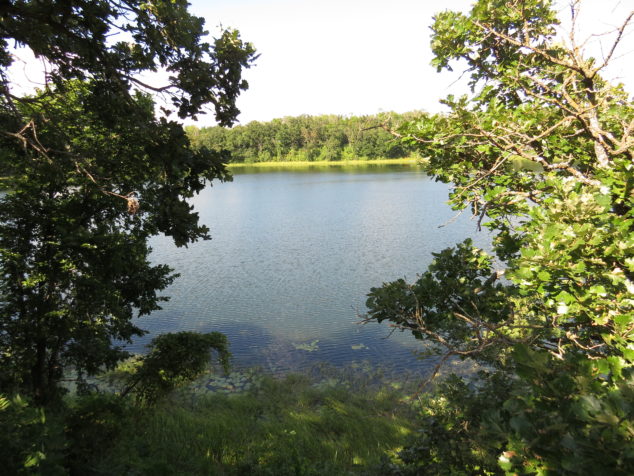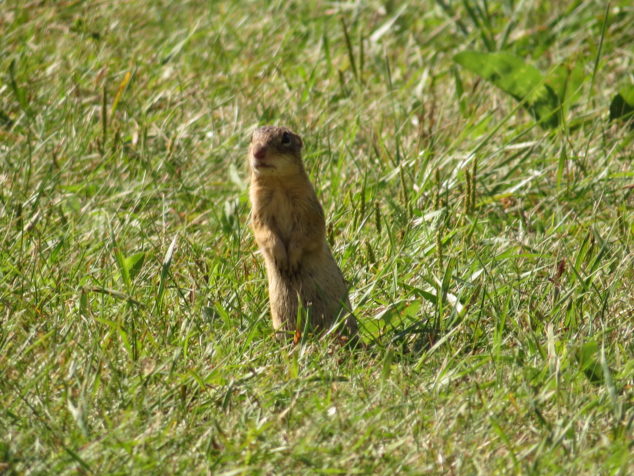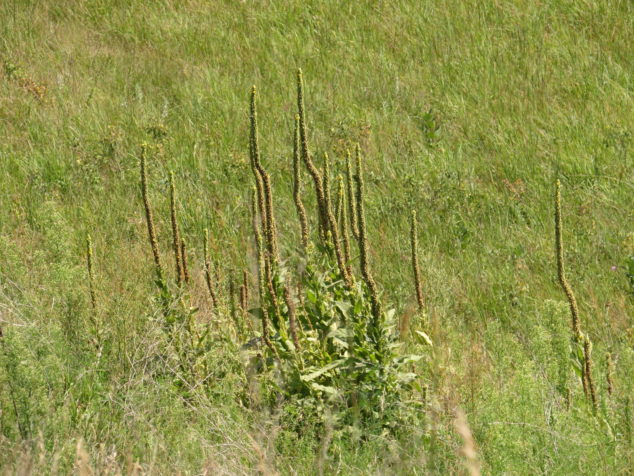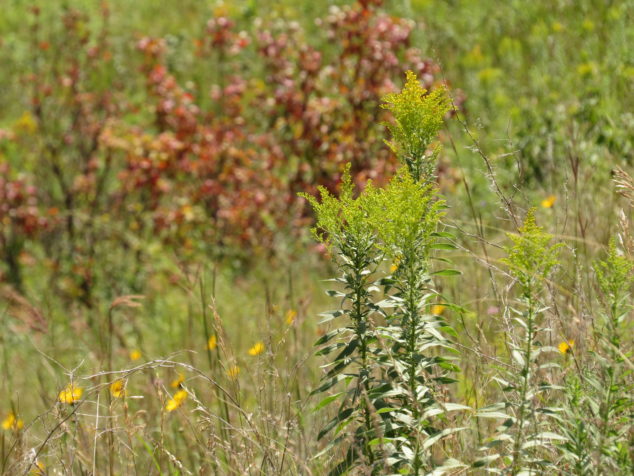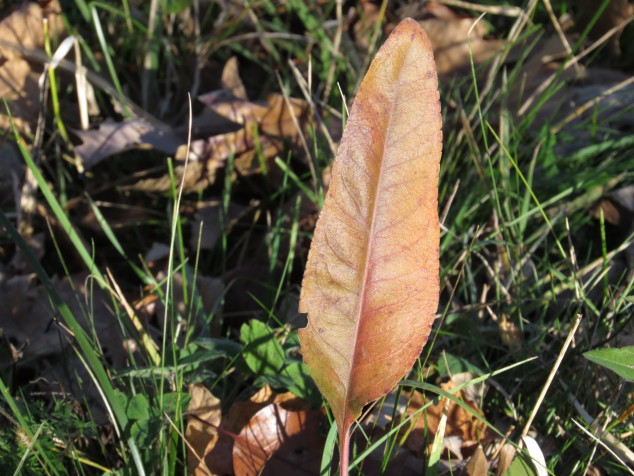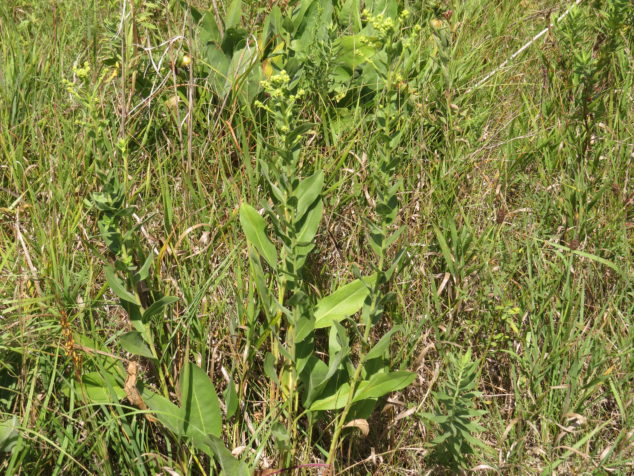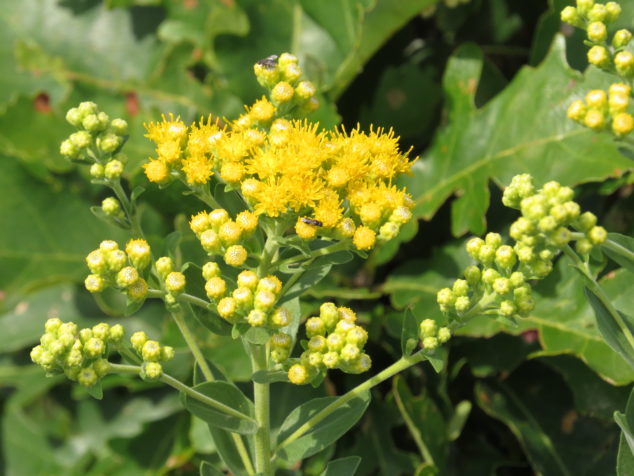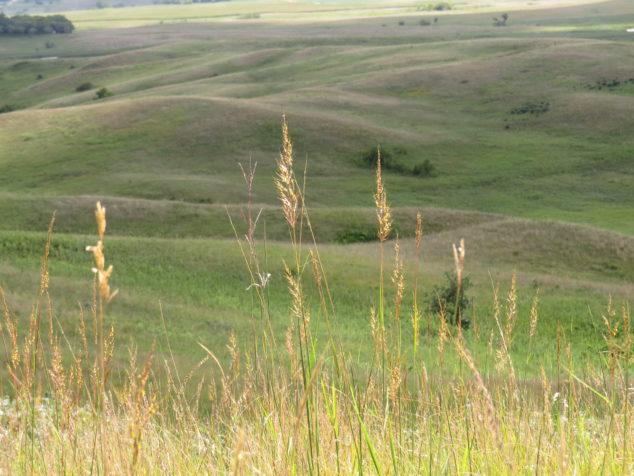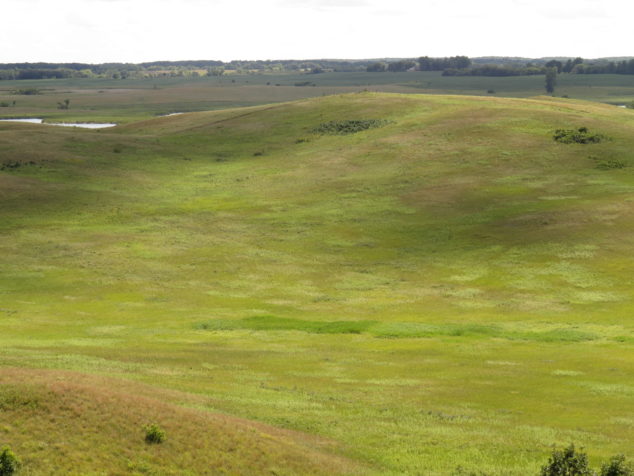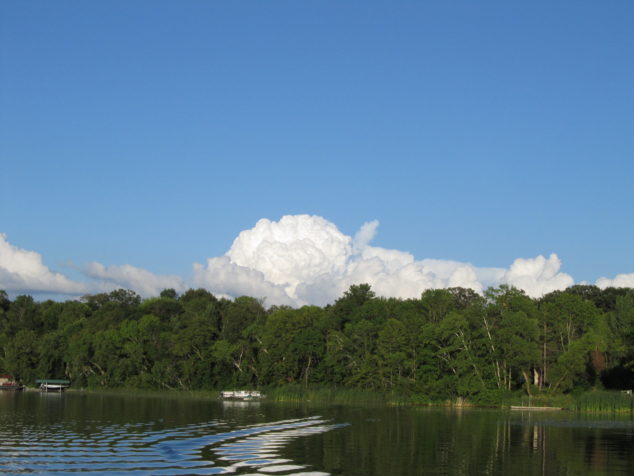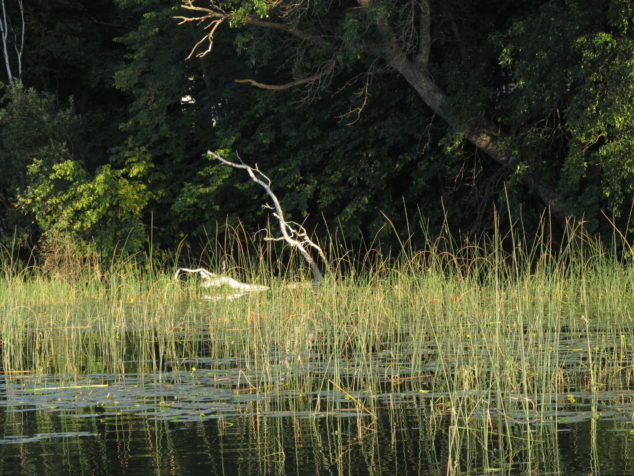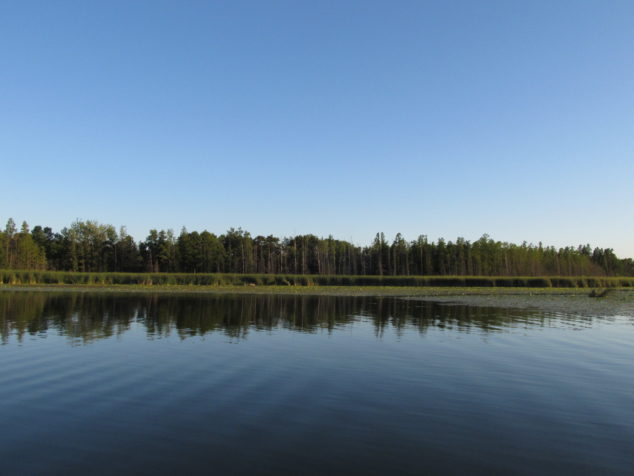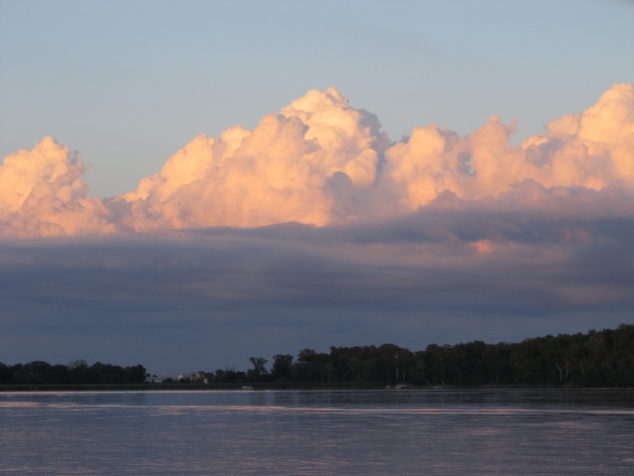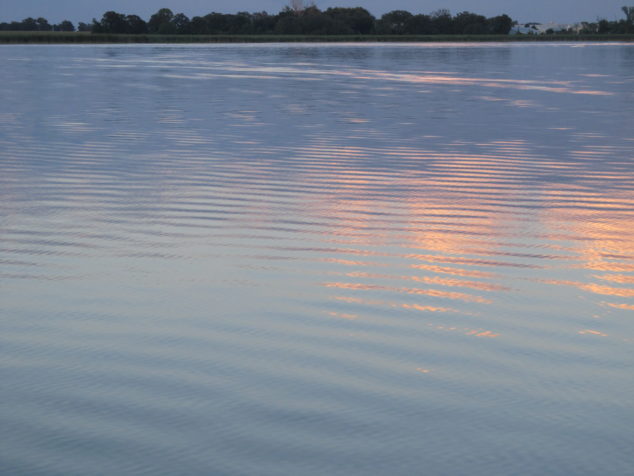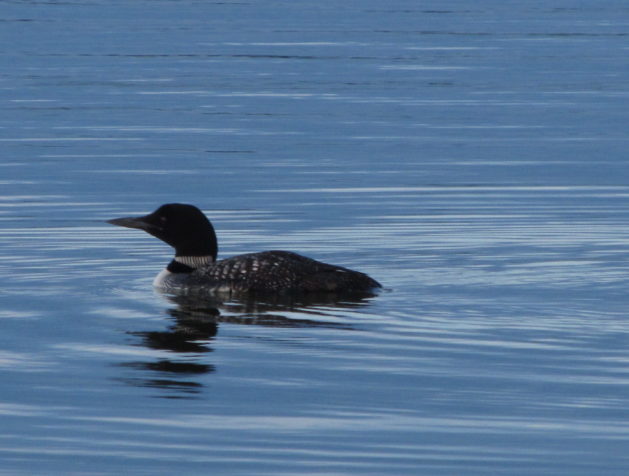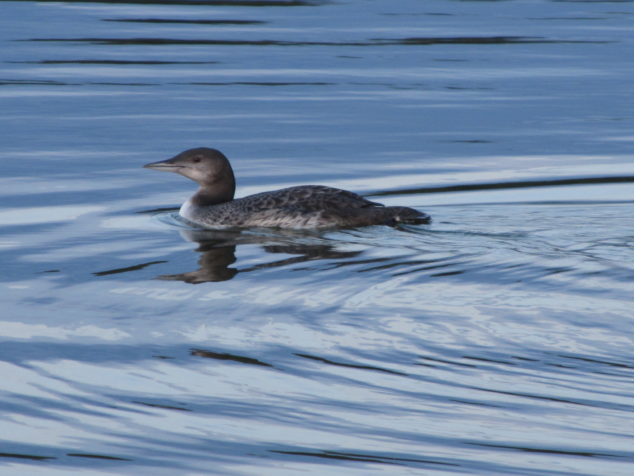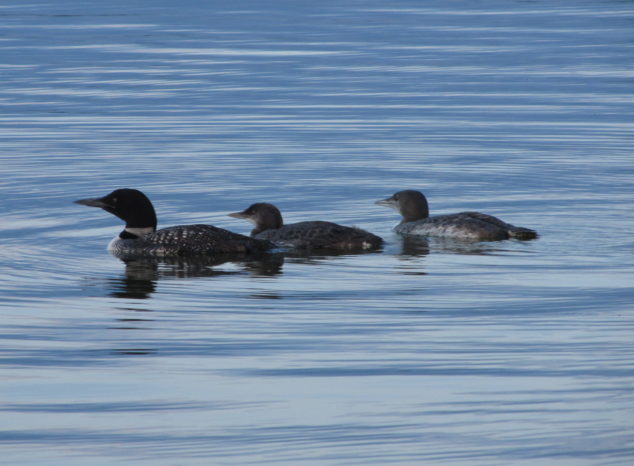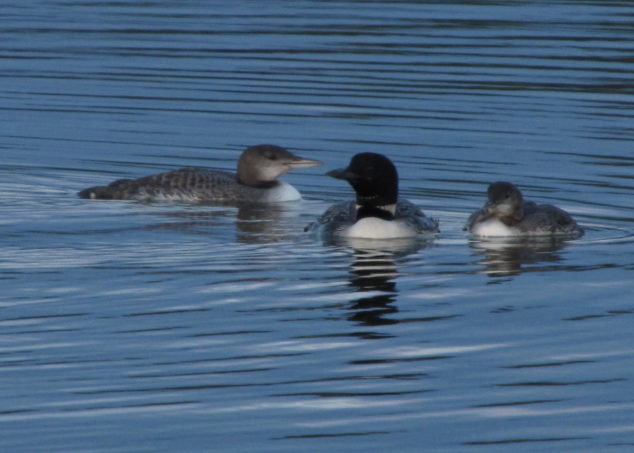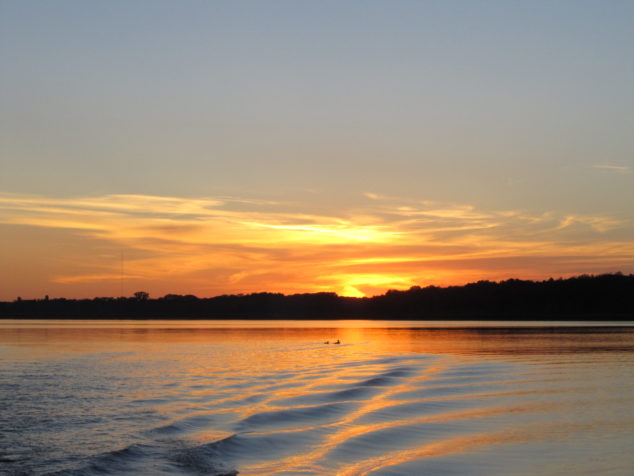I’m not afraid of heights. I climb ladders and get on roofs without hesitation or sweaty palms. I’ve ascended lighthouses, campaniles, trees, Pike’s Peak, and a few tall buildings. I worry more about the mechanical integrity of a ferris wheel or roller coaster than I do about how lofty the apex is at that momentary high point. It’s exciting to see the rest of the world from the sky-high zenith of natural or man-made structures.
So it was on our visit to St. Croix State Park as September moved into October. St. Croix State Park is the largest of Minnesota’s state parks with 34,000 acres along twenty-one miles of the St. Croix River that divides Minnesota from Wisconsin. The St. Croix River, a National Scenic Riverway, was an important trade route for hundreds of years for Native Americans, fur traders, and later for logging companies. In 1935, 18,000 acres of logged and failing farmland was purchased and became the St. Croix Recreational Demonstration Area under the direction of the National Park Service. The Civilian Conservation Corps (CCC) and the Works Progress Administration (WPA) built roads, group camps, campgrounds, and many buildings from red sandstone and logs from the area. 164 structures remain as the largest collection of New Deal projects in Minnesota and are listed on the National Register of Historic Sites.
One of those structures in the Park is the fire tower built in 1937 by the CCC. It was one of 123 fire towers used across Minnesota to monitor wind and fire danger. It was manned during the fire season by dedicated watchmen until 1981. The last watchperson was a woman, Mrs. Wolters, who volunteered for 19 years of smoke spotting! The tower is situated on a hill and is 100 feet tall.
Come along with me as I begin at ground level and climb 134 steps to the top of the tower for a breath-taking view of the Park.
When we got within two landings of the top of the tower, Chris said, “That’s enough for me.” I said, “But we’re so close to the top!” He turned around and climbed down the wooden stairs. The very last set of stairs at the top were old, rickety, and covered in bird poop. I have to say my knees felt a little weak for a moment before I ascended that last bit, but, wow, it was pretty amazing at the top! The Maples were brilliant in their fall colors, and the sweeps of trees that had already lost their leaves were purplish against the still-green Oaks. I leaned over the edge of the tower side with the camera to get a picture of Chris waving to me from the ground. I thought about all the watchpersons who had spent long days up on the tower with beauty and boredom in all kinds of weather.
Chris’ simple statement has stuck with me. I have admiration for him climbing that tall tower as far as he did, as he cannot proclaim to be ‘not afraid of heights’ like I do. I have even more respect for the proclamation he did make–“That’s enough for me.” In my excitement to reach the top, I urged him on instead of congratulating him for climbing so far. Knowing ourselves and our limits, our goals and values, the things we struggle with and the things we know we need to get better at are the keys to climbing to a better life. That’s enough food for me. That’s enough shopping for me. Enough gambling, enough alcohol, enough abuse, enough silence, enough pretending. We make a new deal with ourselves and take steps to live a life that is congruent with our true selves. And from there, the view is breath-taking!
